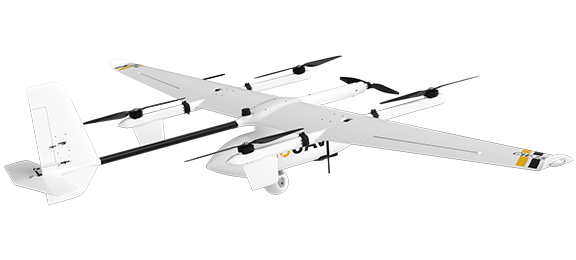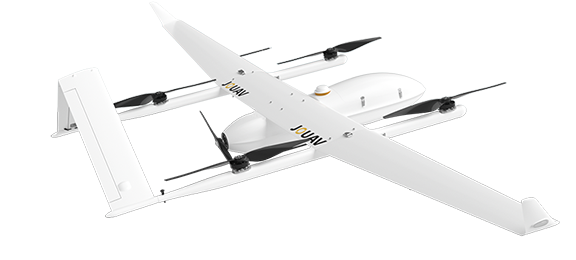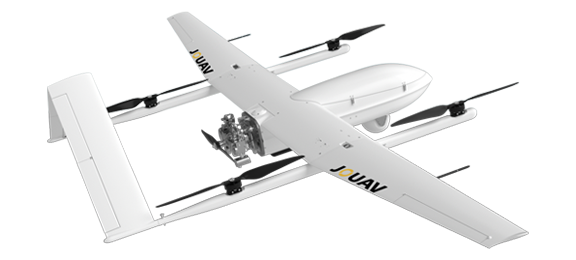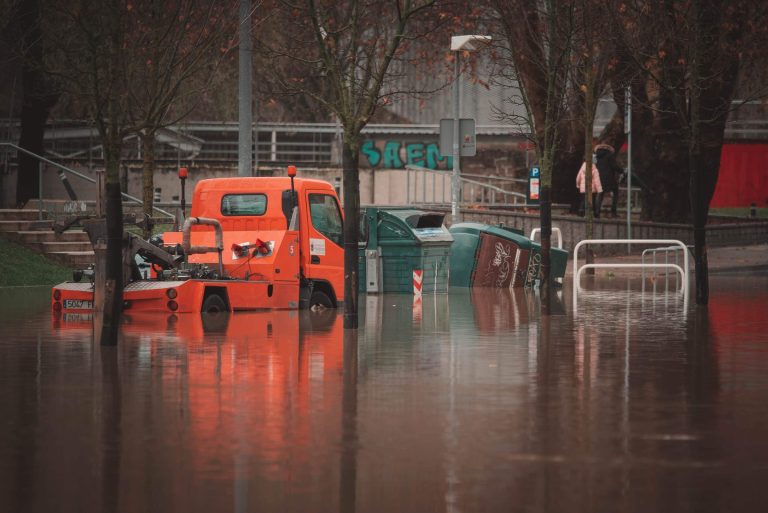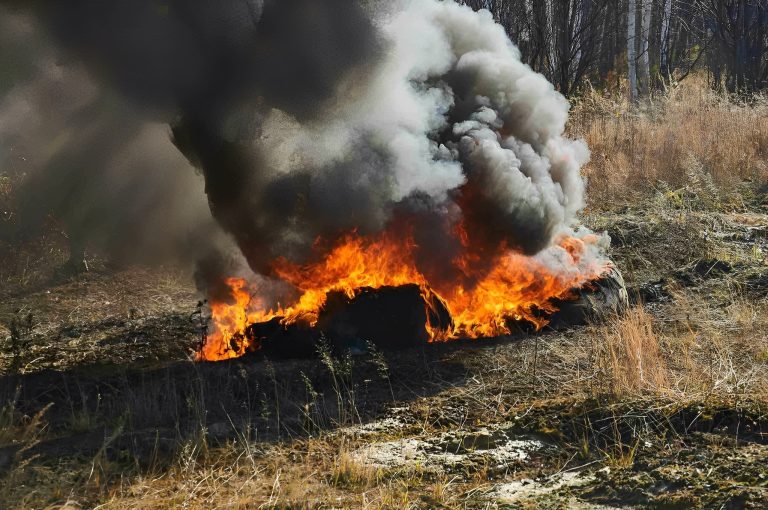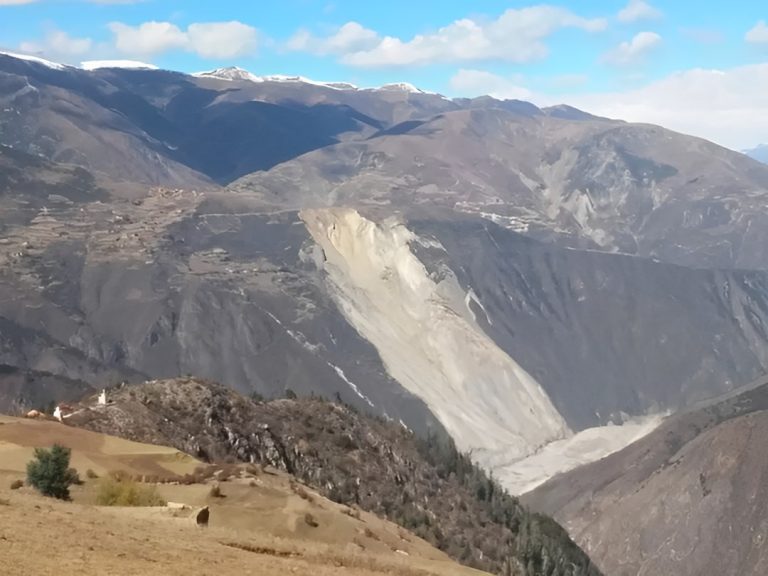JOUAV drones for search and rescue are designed to provide emergency responders with a versatile and efficient solution. Their range of different drone types, such as multi-rotor and VTOL drones, enables them to navigate and operate effectively in various terrains, ranging from dense forests to urban environments.
Featuring an impressive flight time of up to 480 minutes and a range of up to 200km, these drones can cover large search areas quickly and efficiently. Our interchangeable and high-quality payloads allow for the customization of the drone's capabilities, including thermal imaging, megaphone, and communication systems.
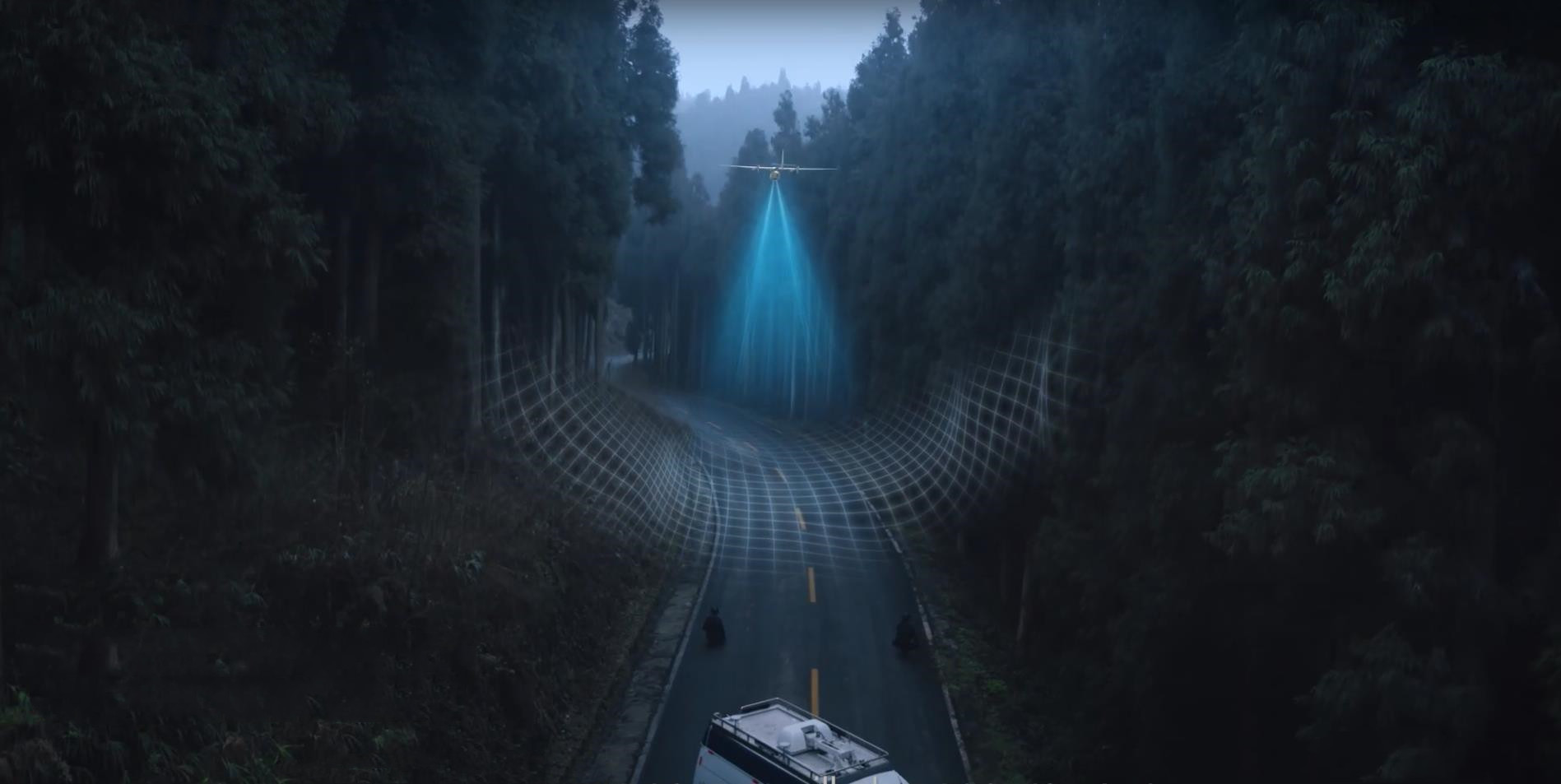
Fast Search
JOUAV drones soar through the skies with an astounding flight time of up to 480 minutes and a cruising speed of up to 100km/h. These remarkable capabilities allow our drones to effortlessly cover vast areas without interruption. With a maximum range of up to 200km, they extend the frontiers of exploration, effortlessly reaching distant locations.
Real-time Situation Awareness
JOUAV drones provide real-time high-definition video transmission, allowing rescue teams to have a clear and detailed view of the operational area. The drones' impressively low latency of just 300 ms ensures that the information captured by the drone reaches the ground control terminal almost instantaneously, enabling swift decision-making and timely response.
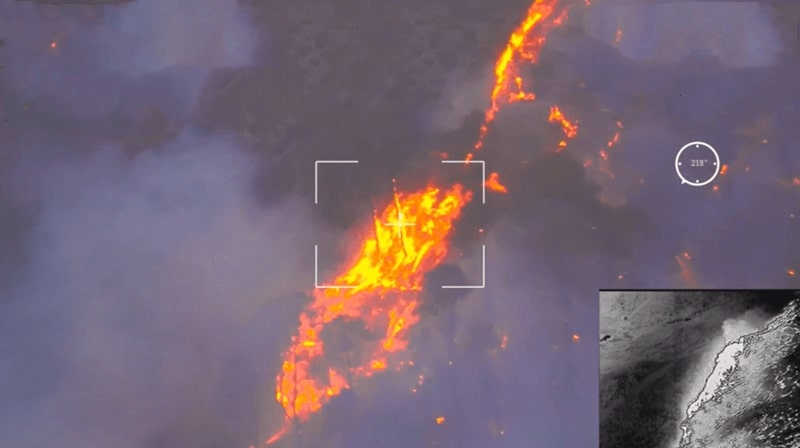
Autonomous Operation
Leveraging Artificial Intelligence (AI) and Machine Learning (ML), our drones can discern between heat signals emitted by humans, animals, and other sources. Upon detecting a potential match, the drone autonomously tracks and approaches the target for closer examination. Once confirmed, the drone promptly relays the coordinates to the research team, expediting the search process.
Thermal Imaging Capability
Equipped with our self-developed 1K infrared dual-sensor camera, JOUAV thermal drones capture highly detailed imagery with an exceptional infrared resolution of 1280*1024 pixels. Additionally, our innovative dual-light fusion imaging technology enhances the visualization of edge and contour details, surpassing the capabilities of single infrared cameras.
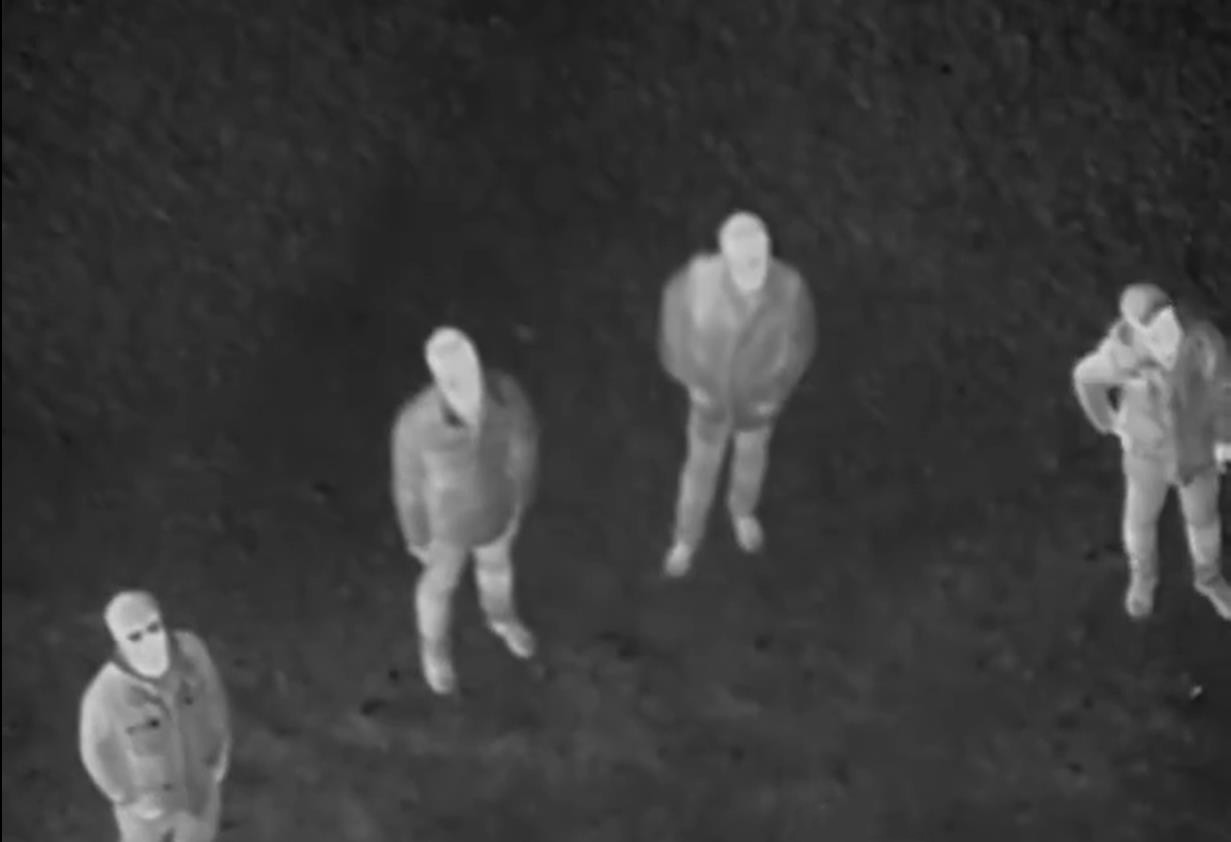
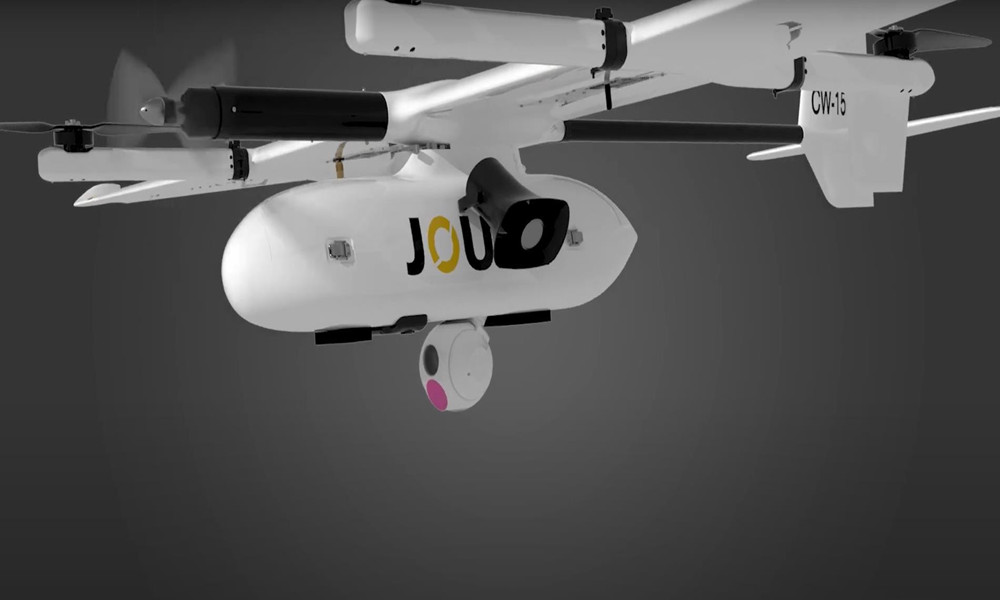
Remote Communication
Take advantage of our drones' ability to carry a loudspeaker with an impressive maximum sound pressure of 130 dB. This powerful feature enables effective broadcasting over distances of up to 500 meters. By continuously broadcasting messages, our drones ensure that individuals in distress are aware of ongoing search efforts, providing reassurance and significantly improving their chances of being located.
Pinpoint GPS Accuracy
Our drones are equipped with real-time kinematic (RTK) technology, allowing for accurate mapping of large areas and precise navigation. This cutting-edge feature empowers search teams to quickly and accurately locate missing people or objects, significantly reducing search times and increasing overall efficiency.
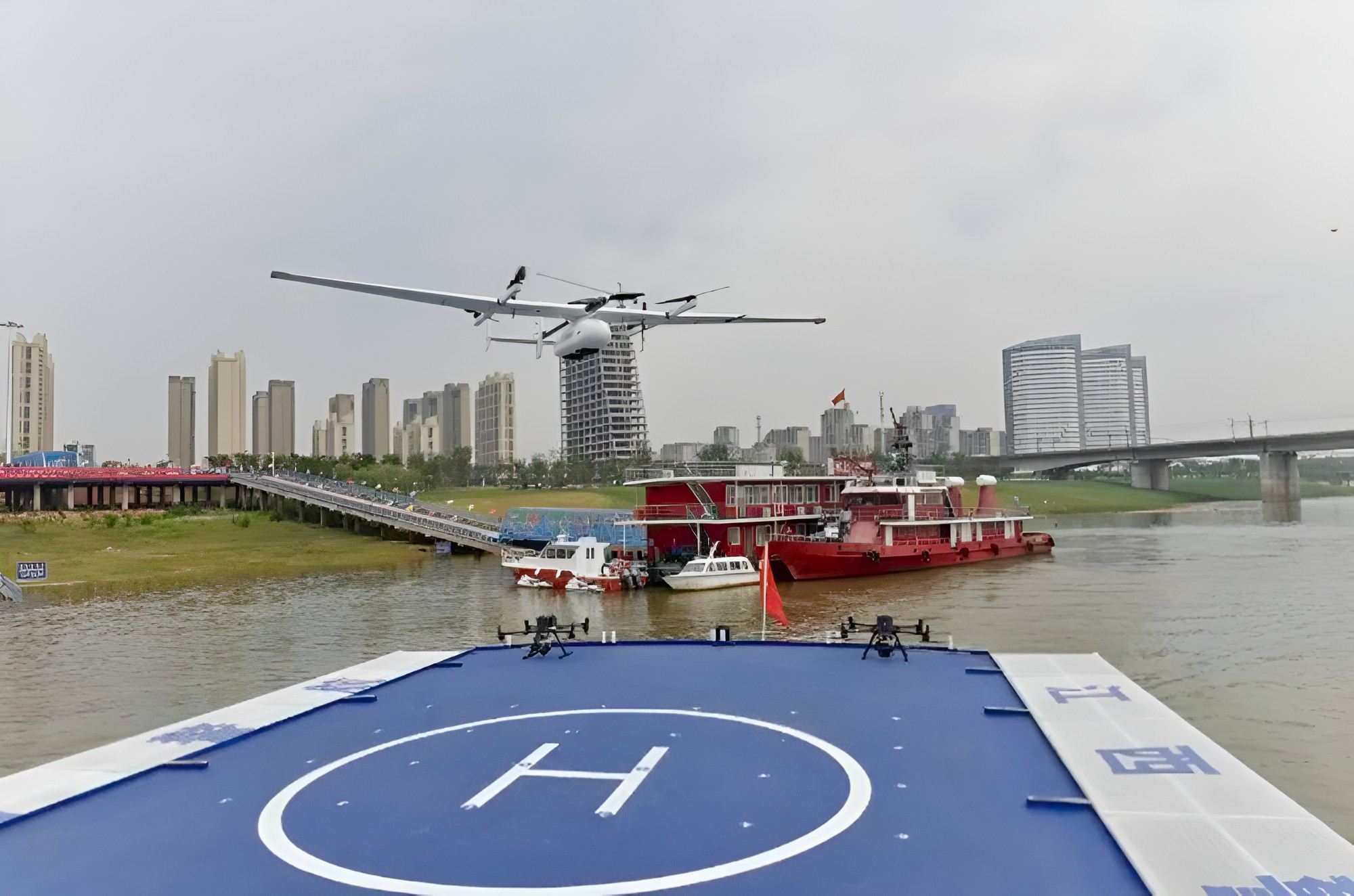
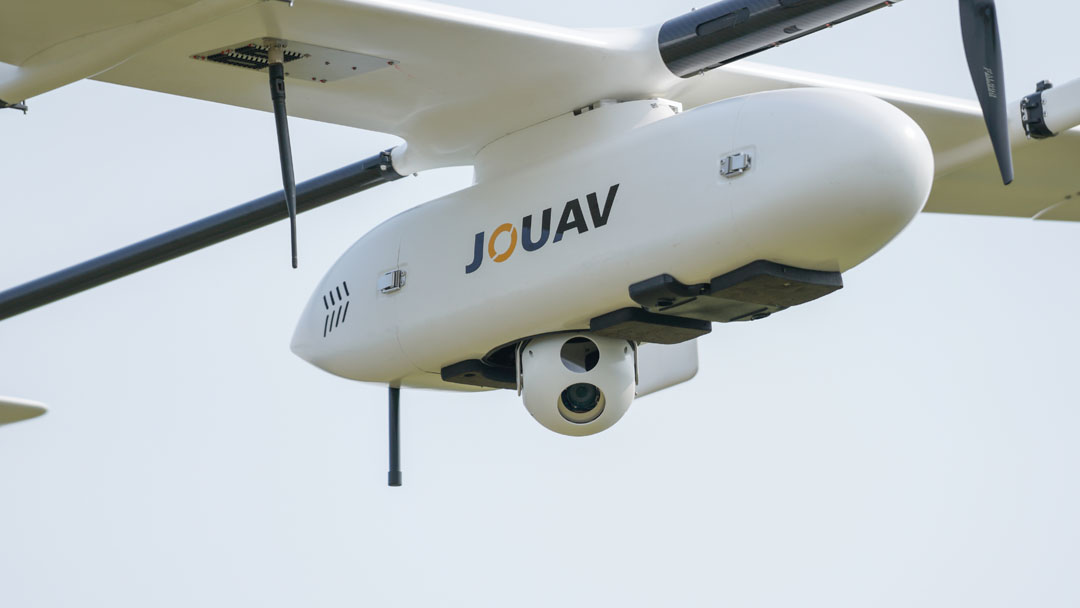
Wide Range of Payload Options
JOUAV drones have a high payload capacity, supporting various cameras, sensors, sonar, and LiDAR systems. These advanced payloads are designed for locating individuals in challenging environments like dense forests, underwater scenarios, or avalanche-prone areas. This versatility equips search and rescue teams with the tools to overcome obstacles and locate missing persons quickly and accurately.
All Weather, All Terrain
With an operating temperature range of -20°C to 50°C and impressive wind resistance of 13.9-17.1m/s, our drones remain operational in demanding environments. Moreover, their VTOL (vertical take-off and land) capabilities enable seamless maneuverability and landing in any location.
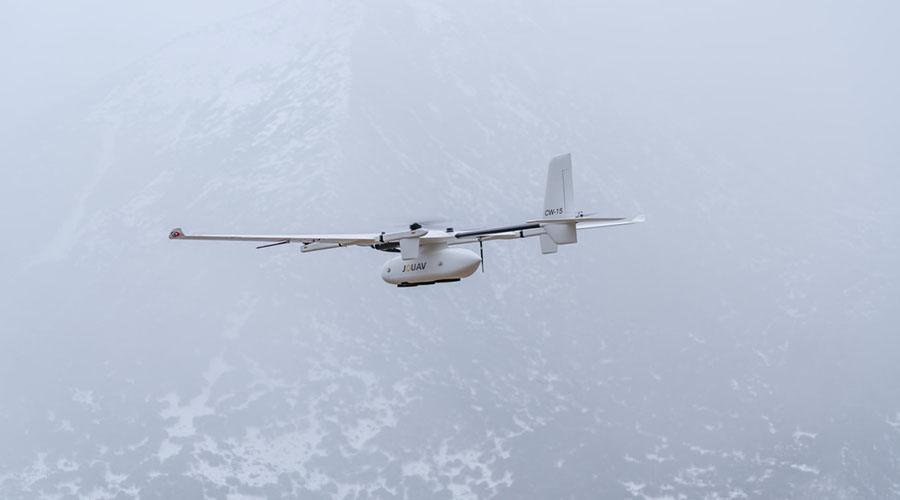
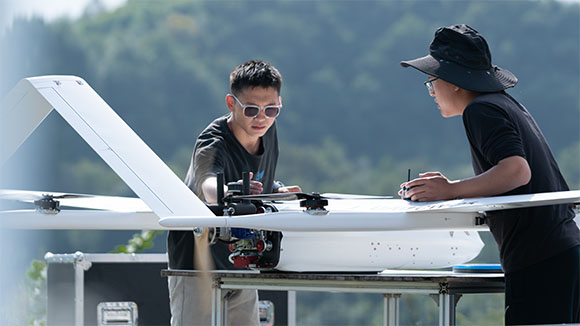
Rapid Deployment
Our drones are built to withstand any weather and conquer any terrain. Operating flawlessly within a temperature range of -20°C to 50°C and boasting impressive wind resistance of 13.9-17.1m/s, they remain operational even in the harshest environments. Additionally, their VTOL (vertical take-off and land) capabilities ensure seamless maneuverability and landing in any location.
JOUAV drones for search and rescue offer a versatile solution for emergency responders. With a range of different types of drones available, including multi-rotor and VTOL drones, these drones are able to access a wide range of terrain, from dense forests to urban environments.
JOUAV offers more than just high-quality UAV platforms and payloads for search and rescue operations; it provides a comprehensive solution tailored to meet the needs of such critical situations.
Advanced Communication Systems
The JOUAV drones incorporate cutting-edge MESH self-assembling network technology, ensuring reliable wireless communication with the seamless transmission. This innovative feature extends the search range even in challenging terrains. With the support of public network base stations, a robust and dependable communication system is established, facilitating real-time coordination between search teams, rescuers, and command centers.
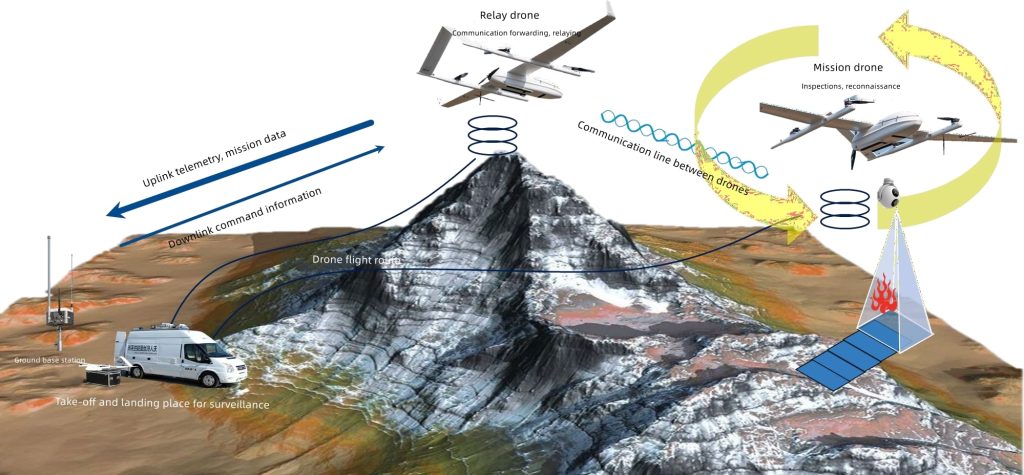
Collaboration and Coordination
The JoCloud, JOUAV's cloud-based platform, acts as a central hub, fostering seamless collaboration and coordination among search and rescue teams. Real-time communication, task assignment, and progress tracking are facilitated, ensuring efficient operations. By integrating augmented reality (AR), this cloud platform empowers agencies to overlay annotations, instructions, and vital information onto the live video feed.
Data Processing and Analytics
The JoCloud integrates data processing and analytics, utilizing advanced algorithms and artificial intelligence. It processes diverse data, including terrain, weather, historical records, and distress signals, generating actionable insights. This optimization focuses search and rescue efforts where they are most needed.
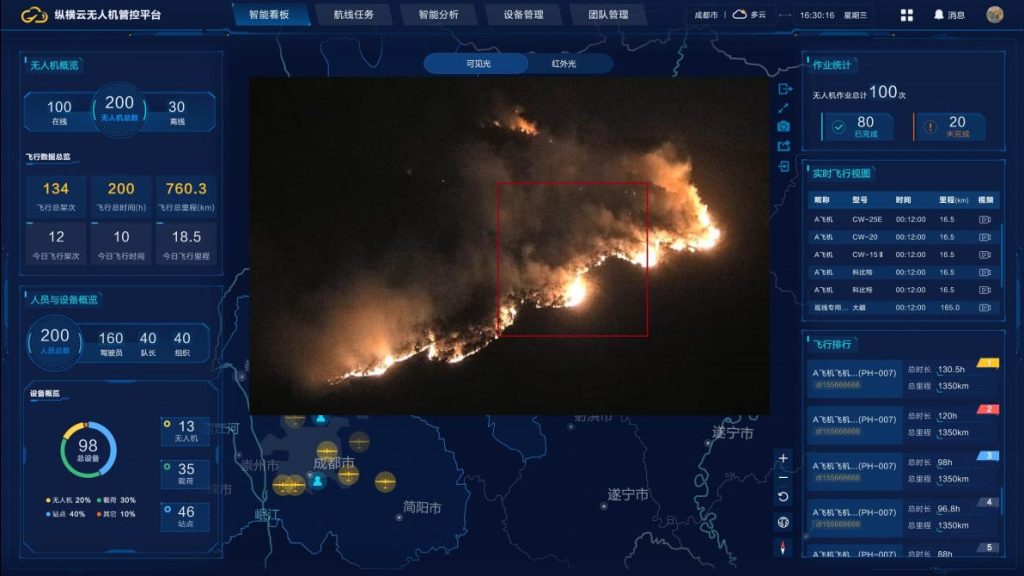
These rescue drones work by using a combination of advanced sensors, cameras, and software to collect and analyze data from the environment. Here are the basic steps involved in how they work:
The operator plans the JOUAV drone's flight path and altitude using JoCloud before launching. Route tasks efficiently create and generate routes based on precise map data, considering altitude avoidance for a safe flight environment.
JOUAV drones perform automatic pre-flight inspections prior to takeoff. Without the need for manual assistance or a runway, the drone lifts off using a take-off platform. Once airborne, it adheres to its pre-programmed flight path.
JOUAV's SAR drones are equipped with GPS navigation systems that allow them to accurately track their position and adjust their flight path as needed. They may also be equipped with obstacle avoidance sensors to prevent collisions with trees, buildings, or other obstacles.
The camera system equipped on the JOUAV drone captures both visible light and thermal infrared video footage of the disaster area. This data is then transmitted in real-time to the command center for analysis and decision-making.
When a JOUAV drone detects a missing person during surveillance, the command center receives an immediate alert. The command center then promptly coordinates with ground teams, providing them with real-time information about the detected person and their precise location.
Many companies in different industries have already benefited from the use of JOUAV drones. Discover how JOUAV solutions are used around the world.
There are several types of drones that are used for search and rescue operations, each with its own specific set of features and capabilities.
Quadcopter drones
One type of drone that is commonly used for search and rescue is the quadcopter drone. These drones are small, agile, and can easily navigate through tight spaces and confined areas. They are equipped with high-resolution cameras that can capture detailed images and video footage of the search area. Quadcopter drones are ideal for use in urban search and rescue operations, as they can quickly navigate through buildings and other structures to locate individuals who may be trapped or injured.
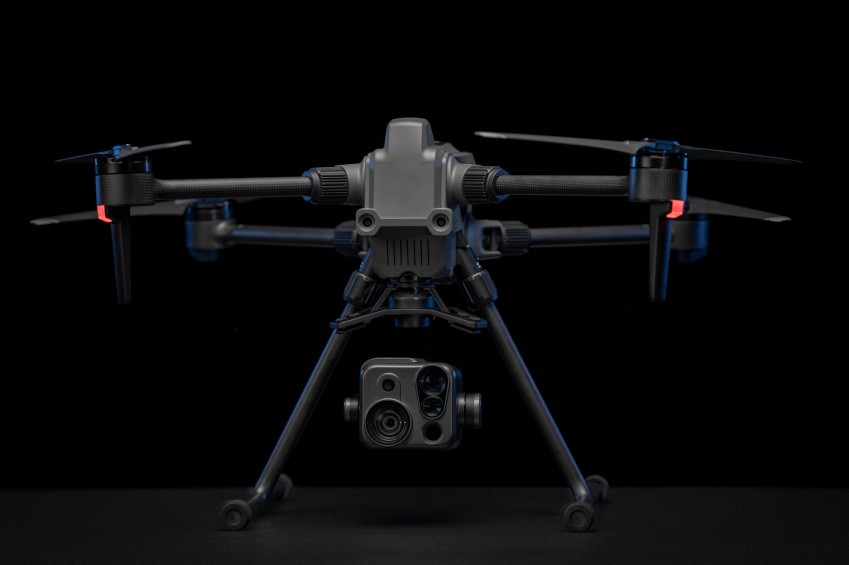
Fixed-wing drones
Another type of drone that is commonly used for search and rescue is the fixed-wing drone. These drones are larger than quadcopters and are designed for longer flights and covering larger areas. Fixed-wing drones are typically equipped with high-resolution cameras and thermal imaging technology, which can be used to locate individuals who may be lost or injured in remote wilderness areas.
Hybrid drones
Hybrid drones are another type of drone used for search and rescue. These VTOL drones are a combination of quadcopters and fixed-wing drones, providing the best of both worlds. Hybrid drones can take off vertically like a quadcopter, but then transition to forward flight like a fixed-wing drone. This makes them ideal for covering large search areas while still being able to hover and maintain stability in difficult terrain.
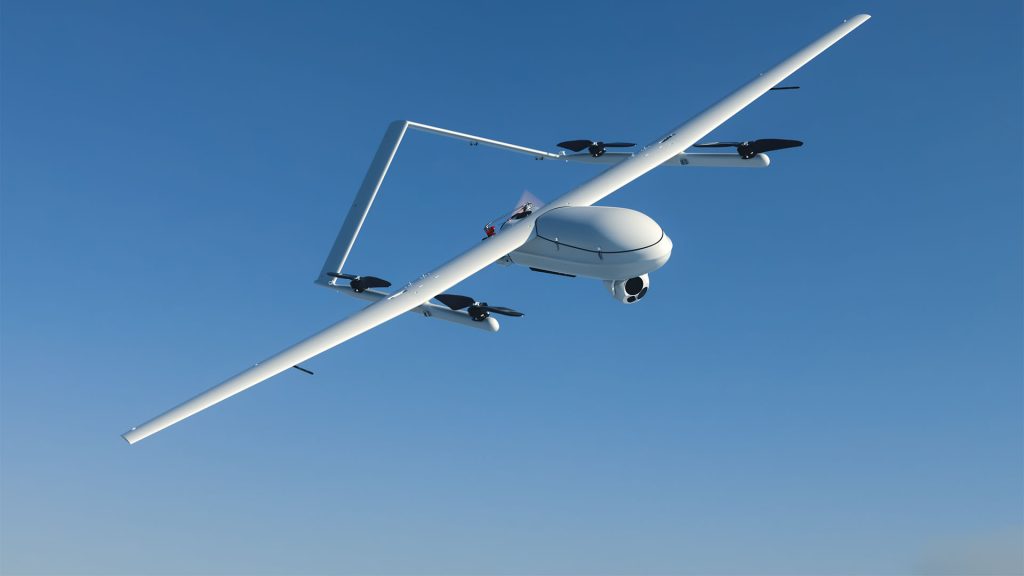
Tethered drones
Tethered drones are another option for search and rescue operations. These drones are connected to a power source by a tether, which allows them to stay in the air for extended periods of time without the need for battery replacement. Tethered drones are often used for long-term surveillance and monitoring of search areas.
Overall, each type of drone has its own unique strengths and capabilities that make it suitable for specific search and rescue scenarios. The choice of which drone to use depends on the particular needs and requirements of the search and rescue operation.
Search and rescue UAVs can be used in a variety of ways to aid in locating and rescuing individuals who are lost, injured, or in danger in difficult-to-reach or inaccessible areas. Here are some of the ways that drones are being used for search and rescue:
Drones emerged in search and rescue in the mid-2000s, following their military use for reconnaissance. They quickly became valuable tools for locating missing persons, assessing disaster areas, and providing real-time situational awareness. Equipped with sensors and cameras, drones aid in detecting heat signatures, capturing high-resolution images, and streaming live footage to incident commanders. Their evolution continues, with improved autonomy, reliability, and obstacle avoidance systems, further enhancing their effectiveness in rescue operations.
The Federal Aviation Administration (FAA) has established rules and guidelines for the operation of drones, including those used in search and rescue operations. Here are some key points:
- Part 107: The FAA's Part 107 regulations provide guidelines for operating small unmanned aircraft systems (sUAS) weighing less than 55 pounds (25 kilograms) for non-recreational purposes. These rules cover the majority of drone operations, including search and rescue.
- Pilot Certification: Drone operators flying under Part 107 must obtain a Remote Pilot Certificate by passing an aeronautical knowledge test. This ensures they have the necessary understanding of airspace regulations, operating procedures, and safety protocols.
- Flight Restrictions: Drones must be operated within the visual line of sight (VLOS) of the remote pilot in command or a designated observer. However, the FAA does provide waivers for certain circumstances, such as extended VLOS operations for search and rescue missions.
- Emergency Operations: The FAA recognizes the importance of drones in emergency situations. They have established procedures for obtaining emergency waivers, which allow operators to bypass certain regulatory requirements to facilitate critical search and rescue operations.
- Public Safety Agencies: Public safety agencies, such as law enforcement, fire departments, and emergency response organizations, can apply for a Certificate of Waiver or Authorization (COA) under Part 107. This streamlines the process for these agencies to operate drones in support of their search and rescue efforts.
It's important to note that the FAA's regulations and guidelines are subject to change and it's advisable to consult the FAA's official website or contact them directly for the most up-to-date information regarding drone operations in search and rescue.
What are SAR drones?
Search and rescue drones, also known as SAR drones, are unmanned aerial vehicles (UAVs) that are used to search for and locate missing or injured people in emergency situations.
How big are the search and rescue drones?
Search and rescue drones come in various sizes, ranging from small handheld models to larger, more robust unmanned aircraft systems (UAS). The size of a search and rescue drone depends on factors such as its intended use, payload capacity, flight range, and specific mission requirements. Here are some general categories of search and rescue drones based on size:
- Small/Mini Drones: Tiny search and rescue drones are typically compact and lightweight. They can easily be carried by a single person and launched by hand. These drones often weigh less than 2 kilograms (4.4 pounds) and have a wingspan of around 30 to 50 centimeters (12 to 20 inches). Despite their small size, they can still carry payloads such as optical cameras, thermal imaging sensors, and other necessary equipment for search and rescue operations.
- Medium-sized Drones: Medium-sized search and rescue drones are larger and more capable than their small counterparts. They typically have a weight ranging from 2 to 25 kilograms (4.4 to 55 pounds) and a wingspan of around 1 to 3 meters (3 to 10 feet). These drones can carry more advanced sensor payloads, have longer flight times, and operate in more demanding environments. They often require a dedicated launch and landing area due to their size.
- Large/Professional Drones: Large search and rescue drones are designed for professional and advanced applications. They can have a weight exceeding 25 kilograms (55 pounds) and a wingspan of several meters. These drones may resemble small aircraft and require a dedicated team for operation and maintenance. They have the ability to carry heavy payloads, including specialized sensors, multiple cameras, and advanced communication equipment.
How much does a search and rescue drone cost?
The cost of drones for search and rescue can range from a few hundred dollars to tens of thousands of dollars, depending on size, capabilities, and specifications. Entry-level drones can be found for $500-$1,500, mid-range drones for $1,500-$5,000, and professional/customized drones for $5,000-$30,000 or more. Additional expenses may include accessories, maintenance, and training.
Are surveillance drones used in search and rescue?
Yes, surveillance drones are commonly used in search and rescue operations. While the primary purpose of drones in search and rescue operations is typically not surveillance, they do provide valuable aerial observation capabilities. Drones equipped with cameras and sensors can capture high-resolution images and video footage, offering valuable visual information to aid in locating missing persons, assessing disaster-affected areas, and providing situational awareness to responders.
What's the range of most search and rescue drones?
The range of search and rescue drones can vary depending on several factors, including the type of drone, its battery capacity, and the operating conditions. Generally, most search and rescue drones have a range of several kilometers, typically between 5 to 10 kilometers (3 to 6 miles).
Feel free to contact JOUAV. What we can help you:
